Slim pickings: Farmers face smaller pick-your-own apple crop following May frost
| Published: 09-17-2023 6:00 PM |
Picking apples is one of the rites of fall, with crisp, sunny mornings beckoning families out to the orchard to help gather in the season’s brilliant red and green bounty.
This year, though, pick-your-own opportunities will be limited because so much of the area’s apple crop was damaged or destroyed by a hard frost in May.
Park Hill Orchard in Easthampton was hit as hard as anybody, co-owner Russell Braen reckons. The orchard has no pick-your-own apples, and has had to buy fruit from elsewhere to stock its stands.
“We have about 10 boxes of McIntosh out there,” he said. “They have stretch marks.
“Optimistically, we’re expecting 40 boxes. A normal year is 40,000. It’s a bad loss.”
Park Hill’s peach crop was a total loss, too, a fate that befell all orchards in western Massachusetts after a bitterly cold night in February killed the flower buds. Braen said insurance he has on the peach crop would cover about one-third of the loss.
Down the road at Bashista Orchards in Southampton, pick-your-own is also off the menu.
“Our whole pick-your-own orchard is at least a 90% loss,” owner Tom Bashista said.
Article continues after...
Yesterday's Most Read Articles
 Carol Doucette of Royalston receives $15,000 from Publishers Clearing House
Carol Doucette of Royalston receives $15,000 from Publishers Clearing House
 Magic comes to Red Apple in Phillipston
Magic comes to Red Apple in Phillipston
 Plan calls for upgrades to Silver Lake in Athol
Plan calls for upgrades to Silver Lake in Athol
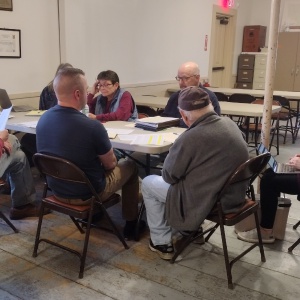 Royalston’s FinCom debates proposed salary increases
Royalston’s FinCom debates proposed salary increases
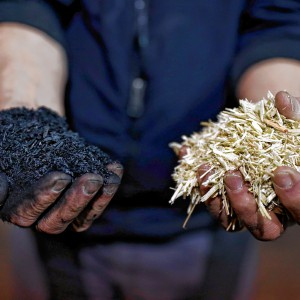 Locking up carbon for good: Easthampton inventor’s CO2 removal system turns biomass into biochar
Locking up carbon for good: Easthampton inventor’s CO2 removal system turns biomass into biochar
 Liberty Taphouse to open in Athol
Liberty Taphouse to open in Athol
That section of the orchard is on a lower level, which caught the worst of the sinking cold air on that May night. Higher up the hill, there are plenty of apples up in the treetops, but insurance would probably have something to say about sending the public up high ladders to pick them, Bashista said with a chuckle.
Along with the peaches, nectarines and apricots, all killed by the deep February freeze, Bashista also lost his entire cherry crop to the May frost.
“I had a bumper crop — it was going to be beautiful,” he said. “It was days away from being picked.”
Still, the orchard has many of its 60 varieties of apples.
“We are picking, every day since July,” Bashista said. “Thirteen or 14 varieties have been picked. They don’t all blossom at the same time.”
The ones that were damaged, but not killed, by the frost will still make good cider.
“There are plenty of deformed apples to crush into cider,” he explained. “They look like gourds.”
While Pine Hill Orchards in Colrain lost about half its crops from the weather this year, its pick-your-own block remains open for the season.
The Colrain orchard has 5 acres of pick-your-own trees, with varieties including Honey Crisp, McIntosh, Cortland, Gala, Macoun, Pink Lady and Jonagold. It also provides tractor-pulled wagon rides, various fall activities and a grill restaurant on weekends.
About half the fruit in Pine Hill Orchards’ 80 acres of apple trees was destroyed, according to co-owner Brady Shearer. She thinks the apples that came out unharmed were saved because the May frost landed in sections.
“Huge sections of the fields have no apples on the trees, and then you go a row over and they are full,” she said.
Shearer said it has been a slow start to the pick-your-own season because each weekend has come with either extreme heat or rain, but she expects the fields will fill with customers as beautiful fall weather approaches.
While Shearer fears some customers may think they shouldn’t come to Pine Hill Orchards this year due to the media attention given to the destroyed crops locally, she assures visitors that the orchard has plenty to offer.
At Red Apple Farm in Phillipston, owner Al Rose said 25% of the apples were lost due to intense cold. He credits the farm’s elevation — approximately 1,250 feet — as one of the reasons that the sudden cold on May 18 didn’t do much damage. Rose added that this year has been a series of “punches” between the cold in February that wiped out peach crops, May’s drop in temperature and of course, the recent heavy rains that devastated so many farms.
“We’re worried about the potential impact of the hurricane system that comes this year,” Rose said, referring to Hurricane Lee.
Rose advised some of Red Apple Farm’s apples have cosmetic damage, usually in the form of a ring around the center, but they are safe to eat. He credited a diverse crop and adjusting to changes as part of the reason why his farm is largely unscathed. In 2019, he said a hailstorm severely damaged around 60% of the apples, and these were used for cider. Five years ago, heavy rains rendered what is typically a pumpkin patch unusable for that crop, and so it was transitioned to sunflowers.
“In agriculture, you’re always pivoting and adapting,” said Rose, adding that supporting local farms is very important in the wake of recent weather.
The May frost took out about 40% of Quonquont Farm’s apple crop, manager Leslie Harris said, but the Whately orchard still has fruit for picking.
“Perennial favorites like Cortland are all gone, but we got more of a Macoun crop than I thought,” Harris said.
Later-blooming varieties such as Golden Delicious, Rome and Northern Spy are largely undamaged, she said.
“Pick-your-own is our primary thing, and we’ll have that through the normal season, mid-October,” Harris said.
The farm is selling peaches “imported” from the Hudson Valley, she noted, and cider pressed from the damaged yet still perfectly edible apples.
“We’re muddling through,” she said.
The loss was all the harder to take because Quonquont Farm was heading into a banner year for apples, based on the bloom in May. Heavy bloom doesn’t always mean a big crop, Harris explained, but this year orchardists had already begun thinning the crop when trouble hit.
Coming on top of a severe drought last year, it has been a challenging time for farmers.
“It’s been a tough season,” Bashista acknowledged. “We’ve already been saying, wait until next year.”
James Pentland can be reached at jpentland@gazettenet.com. Greenfield Recorder reporter Bella Levavi and Athol Daily News editor Max Bowen contributed to this article.

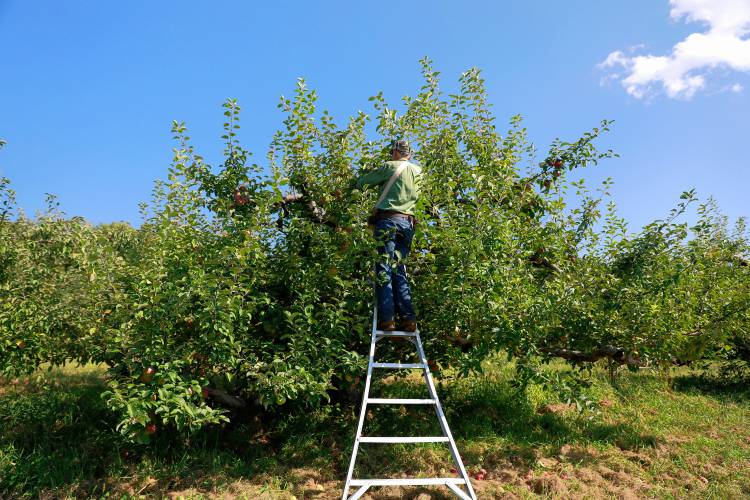
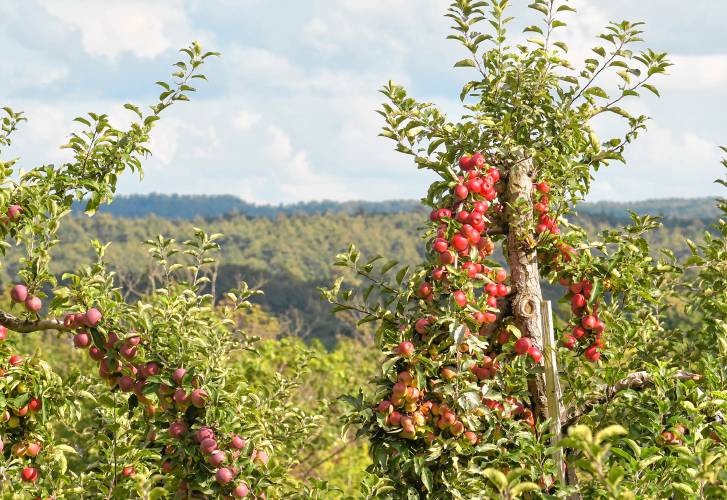
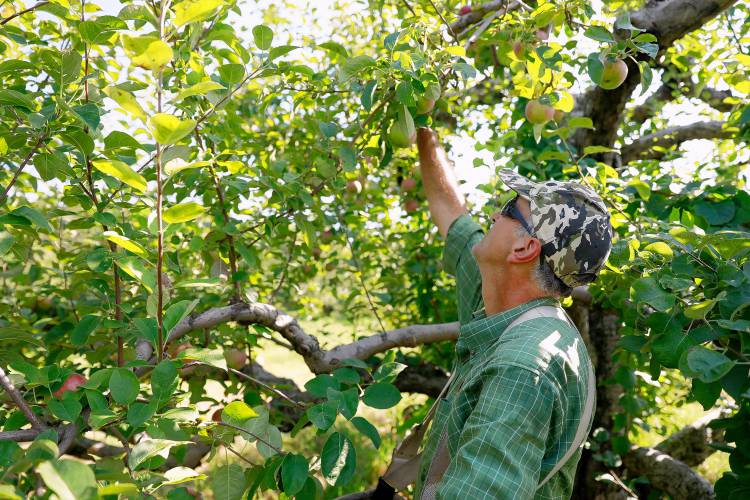
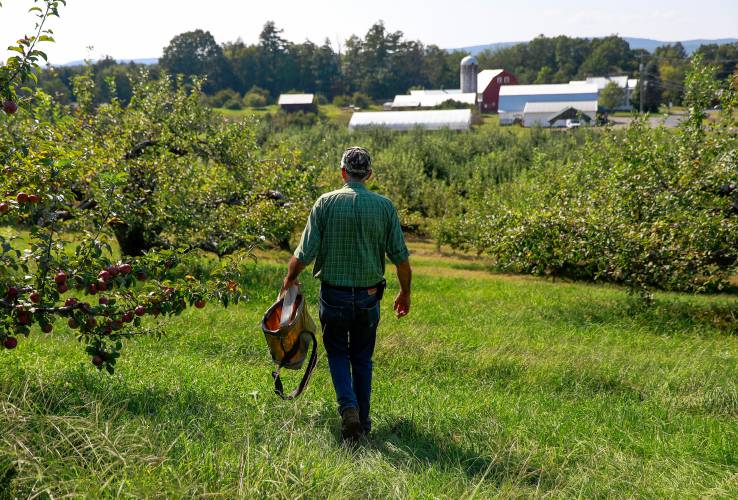
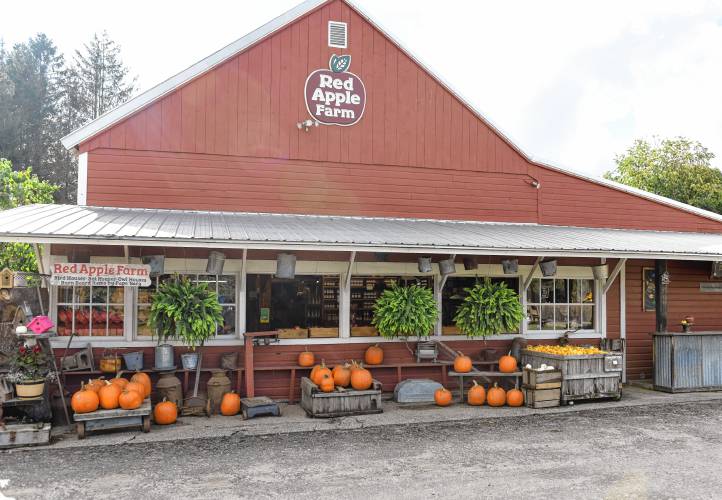
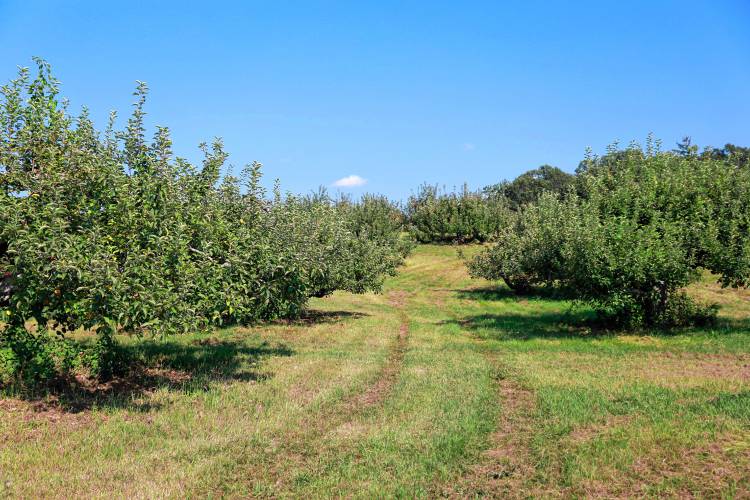
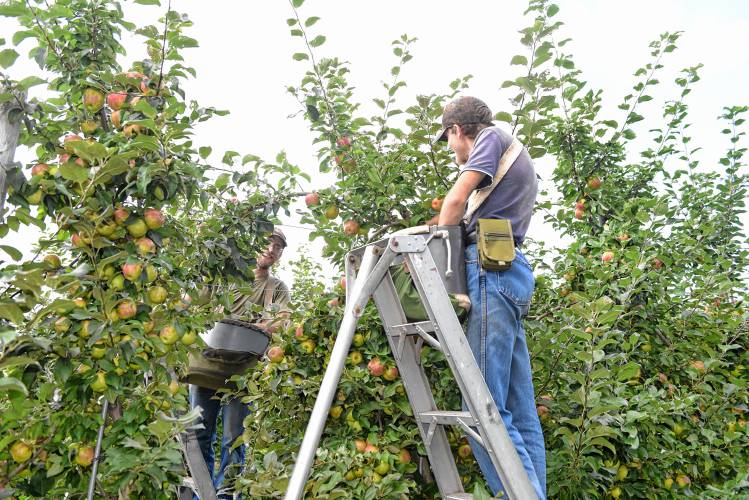
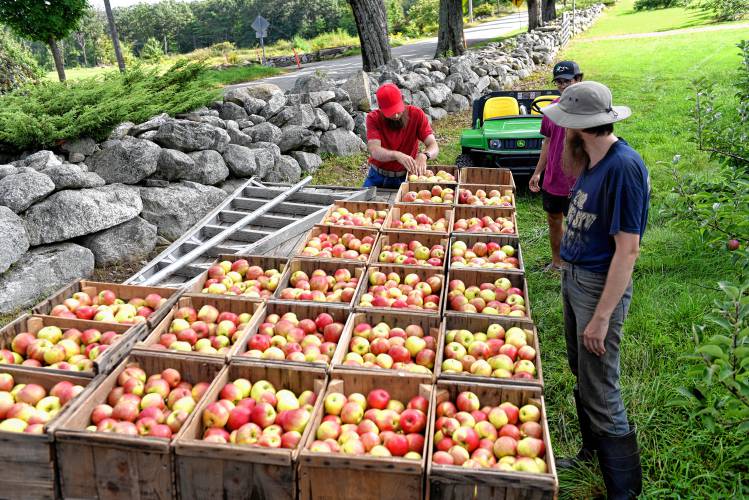
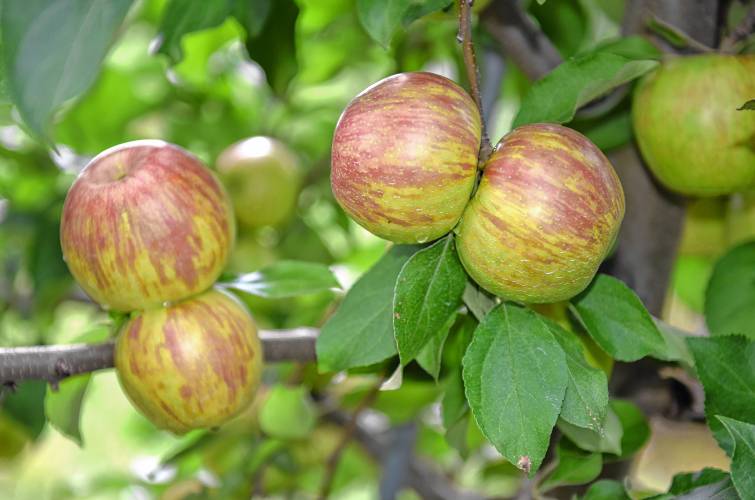
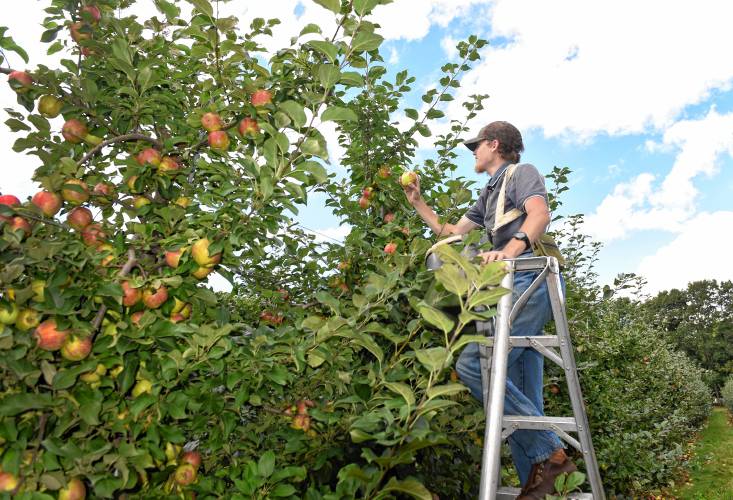
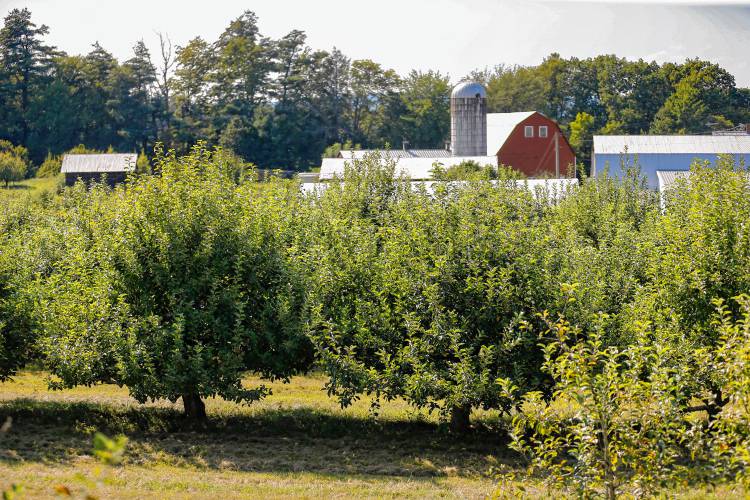
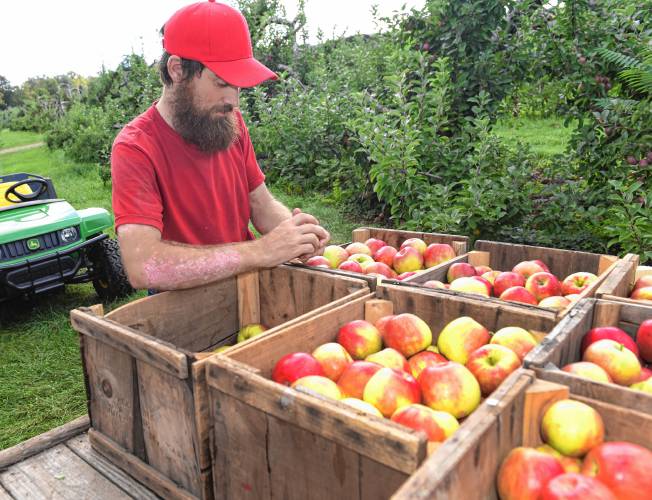
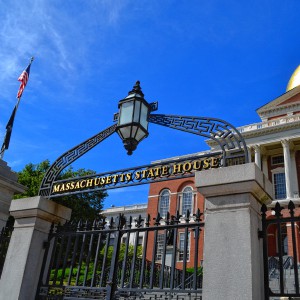 Over $400M in shelter funding, new limits approved
Over $400M in shelter funding, new limits approved PHOTO: Spectacular spire
PHOTO: Spectacular spire